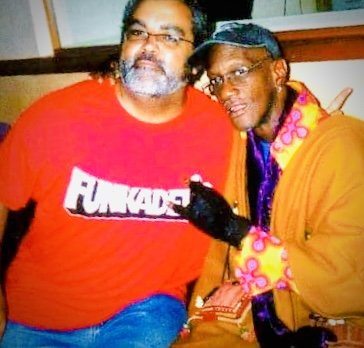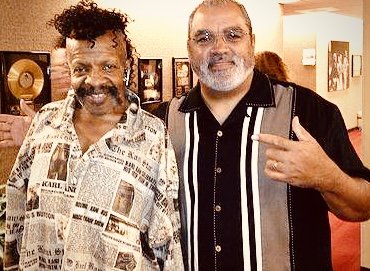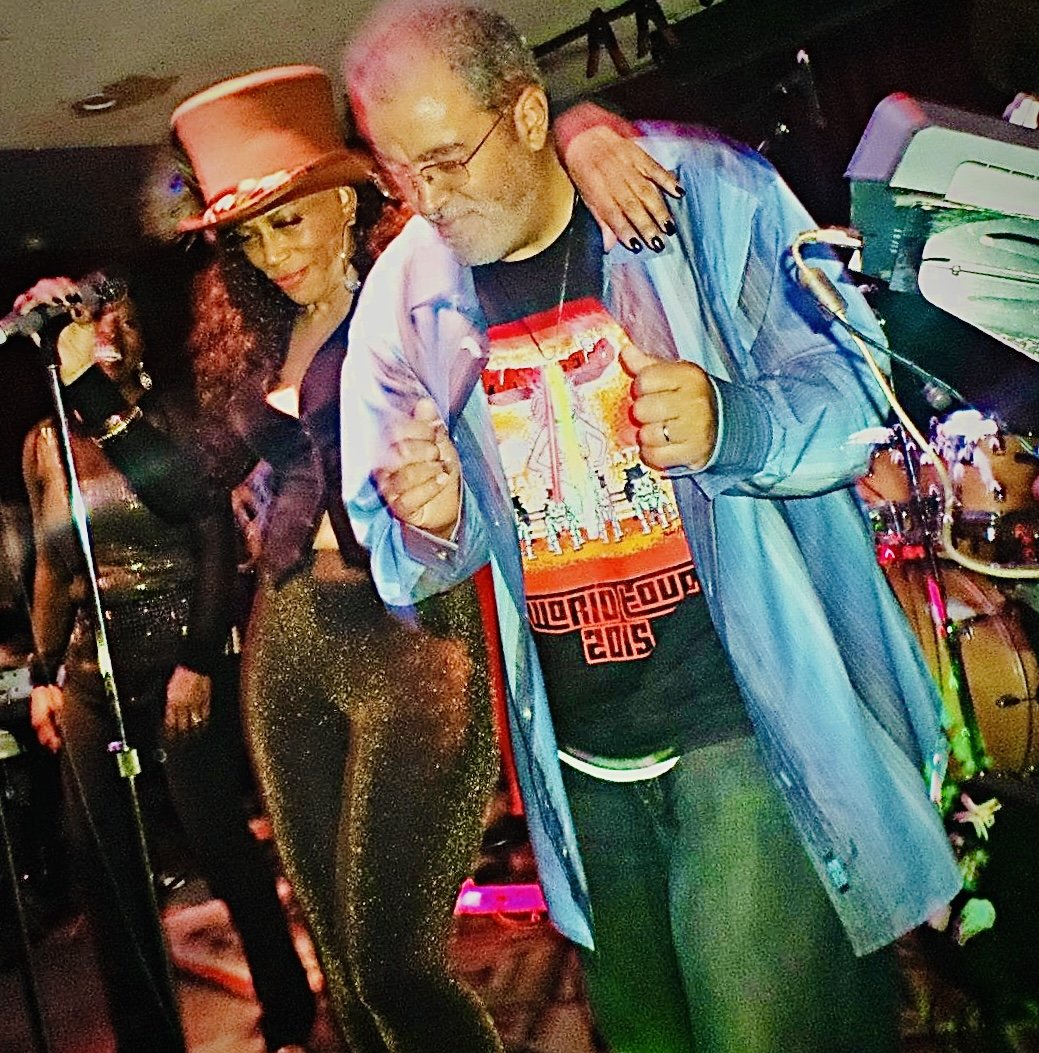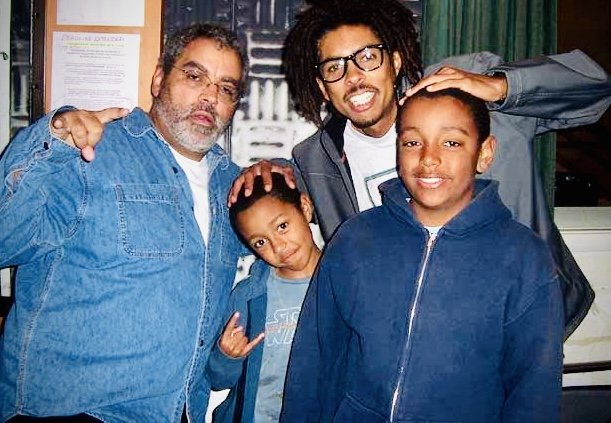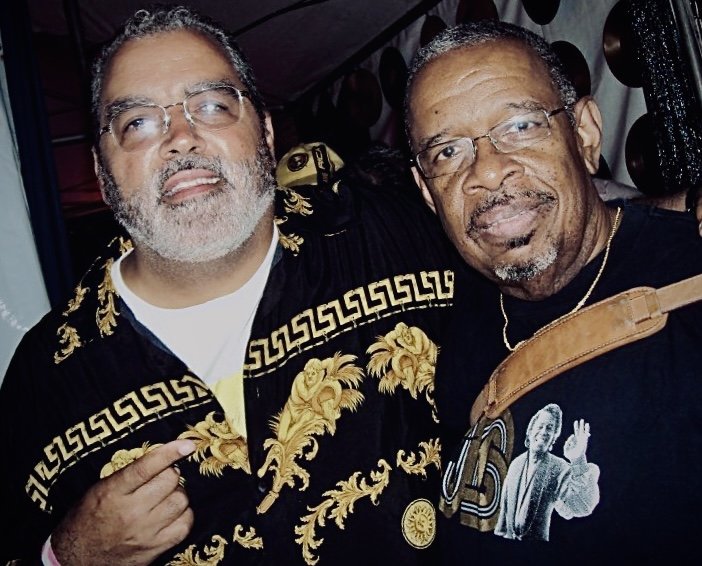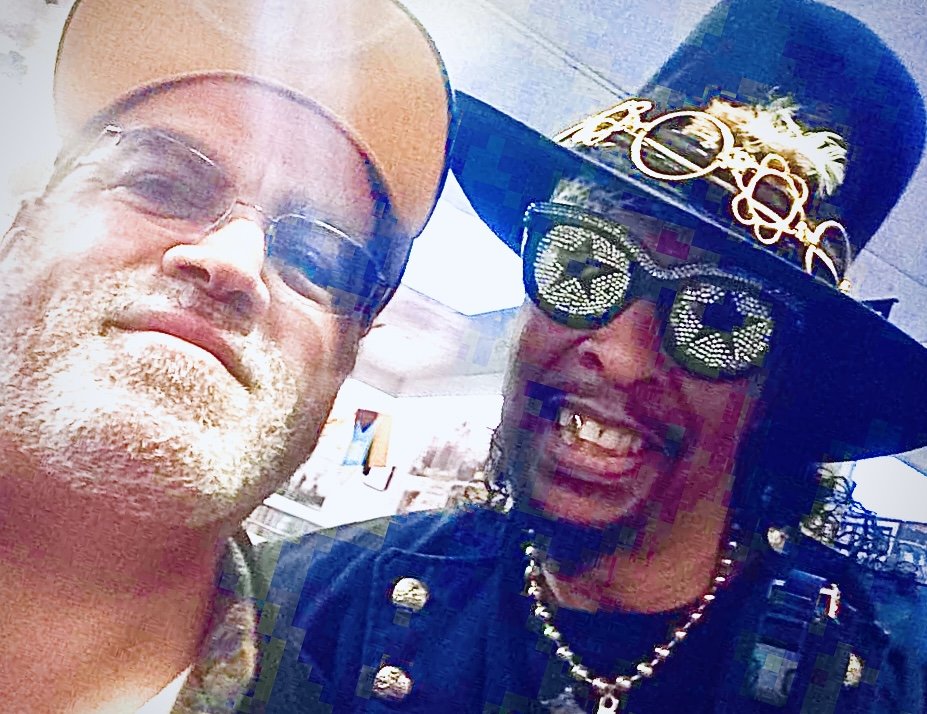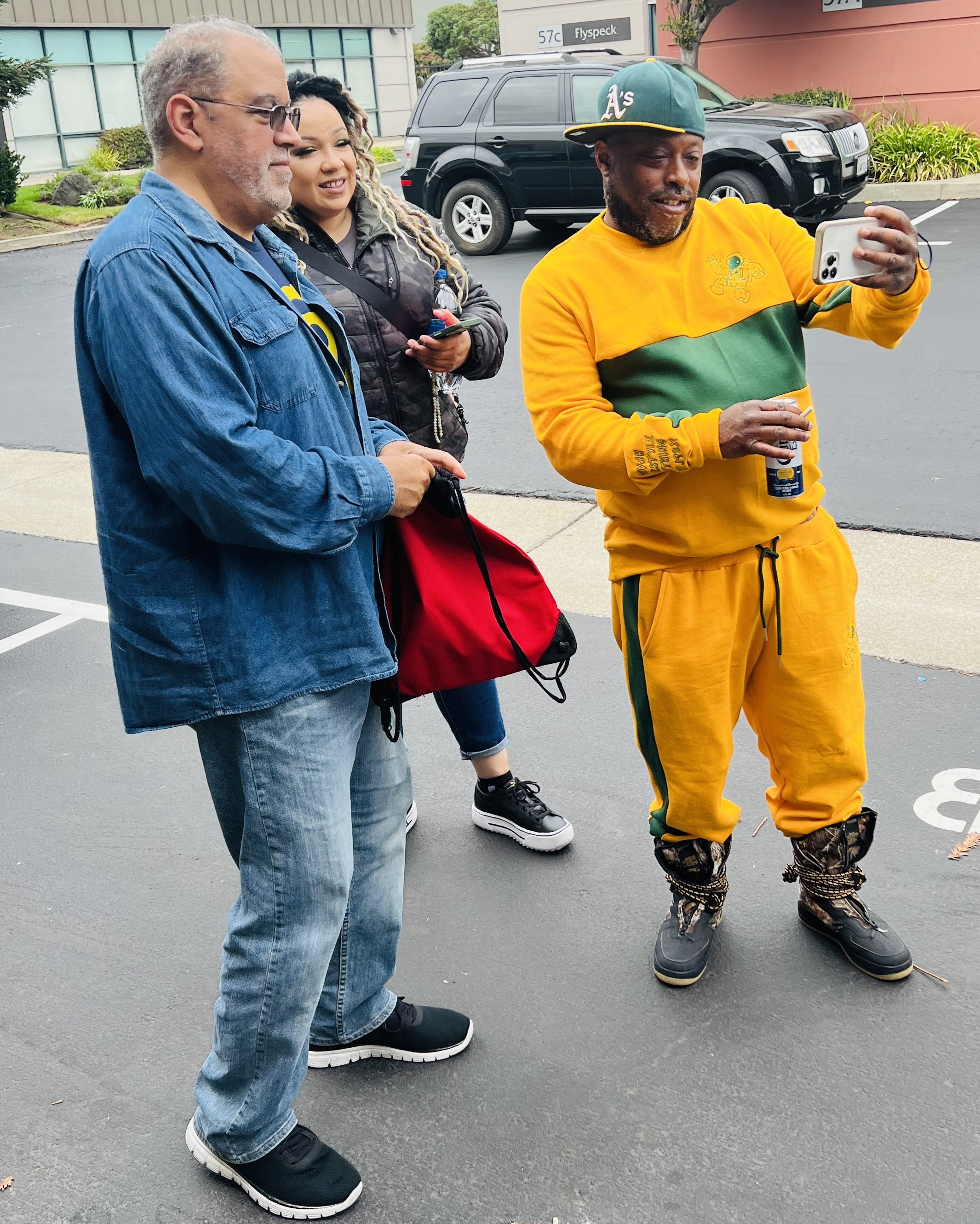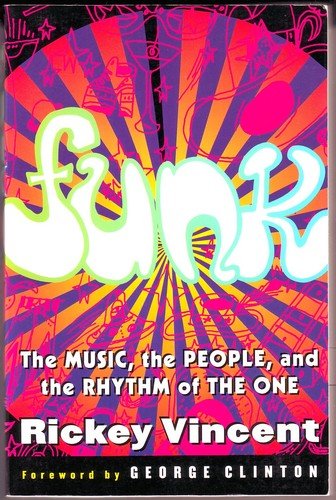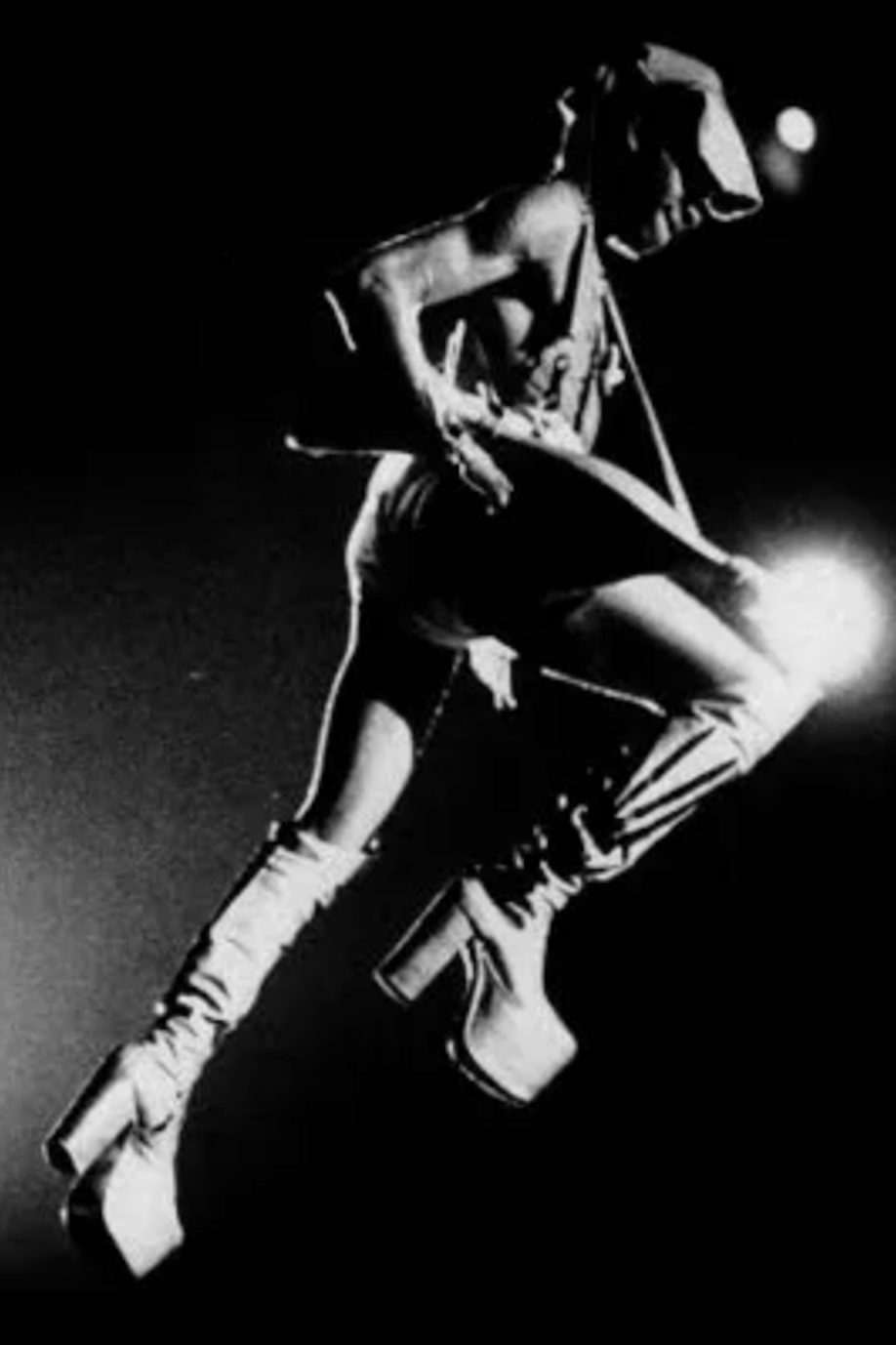Episode 30: Rickey Vincent [HISTORY OF FUNK]
/As an undergrad at Cal Berkeley in the early 80s, RICKEY VINCENT— (History of Funk show and book/ Party Music/ Phool 4 the Funk)— stumbled into a music history course. It was quite dense with Black culture, but on the very last day of the 2nd semester, the teacher came to class with his scratchy James Brown 45s, including “Superbad.” Young Rickey found this to be exciting yet problematic. “‘If I taught a class like that,’ he thought to himself, ‘I would start with James Brown!”
This proved to be a good call, because there seemed to be a certain point on the timeline where all pontification on Black culture inexplicably stopped. “There’s all this writing about blues and soul and the 60s and civil rights,” explains Rickey. “I got no problems with that.” But the 1970s brought a new priority that had yet to be expounded upon. “It’s about the Bomb!” he declares. “It’s about the funk… Where’s the chapter about putting it on the One? Where’s the chapter on James Brown changing the language and the rhythm and putting it all down? No one had written about that.”
Young Rick still had these thoughts on the brain when another teacher, Roy Thomas, told his class that, if any of them had an idea for a project that was really important to them, they could spend the term working on it. “He gave me free reign to get into it,” recalls Rick. “He prioritized our culture and let me write whatever I wanted to write about.” Of course, it took Rick no time to decide what to get into. There was still a disturbing paucity of funk journalism, and our hero was about to fill the void. “It wasn’t that I wanted to write a bunch of charts and boxes and flowcharts out,” he recalls of the process. “I just wanted people to know what the heck had just happened and is still happening.” And so began his life’s work.
Ultimately, what we got was a lot: the HISTORY OF FUNK radio show — a celebration of all things stanky which is still going strong every Friday on KPFA.org — and FUNK: The Music, The People, and the Rhythm of the ONE — an essential tome which should be required reading in any self-respecting household. Indeed, thanks to Rick’s reflections, interviews, and vinyl archeology, we learn about the Five Dynasties of Funk — beginning with the Period of Unification — the Tendencies of Funk, the “heterogenous sound ideal,” and how James Brown invented extended play, changing our expectations of what a song could do. Overall, the professor found that the Funk is not just a look or a sound, but also a particular approach that nobody had really spoken on yet. “Cuz there’s ways to say it,” explains Rick in regards to describing the music, which is more like a movement, organically unifying elements of rock, jazz, blues and gospel. “You can say it from an ethnomusicological point of view… [or] you can look at it as a Black Power thing… These folks were saying ‘All of this is ours.’”
Sometime later, Rick embarked upon grad work under Prof. Ronald Takaki, who told him he needed to state a fundamental question which would help guide him through future findings. Ultimately, the query Rick settled on boiled down to: “Which came first: the message, or the music?” But it was Boots Riley —founder of the Coup and director of the film Sorry to Bother You — who pulled Rick’s coat to what would become the central conceit of his next book. “Boot Riley used to come to my house with his hard drive so he could steal all my beats,” Rick laughs. On one of these visits, Boots told Rick something that blew his mind: back in the day, the Black Panthers had a funky band called THE LUMPEN(!) which was used as a motivator and recruitment vehicle for the movement.
Now Rick had a bona fide funky angle on the Bay Area-bred Black Power movement, (which in fact his mom had been heavily involved in back in the day). Of course he needed to know more. So Boots referred him to Greg Morizume from Oakland’s Eastside Arts Alliance, who in turn connected him to Jamil Calhoun of the rap group the Fugitives, who saw themselves as the next generation of Panthers. As it turned out, Jamil’s dad was WILLIAM CALHOUN, one-fourth of the vocal group known as the Lumpen, along with MICHAEL TORRANCE, CLARK BAILEY, and JAMES MOTT. All were fully dedicated, full-fledged members of the Panthers who could also harmonize and get down into it like a motha. But the most significant discovery was an audio recording of a full Lumpen concert performance, which Rick decided to use as the blueprint for what became his next great book: PARTY MUSIC: The Inside Story of the Black Panthers’ Band and How Black Power Transformed Soul Music.
Quite naturally, Rick’s engagement and study of the funk eventually morphed into a thirst for activation. More specifically, the funky professor became a funky scientist, testing his hypotheses in the lab. “You know the history,” he explains, “but the history is so you can get funky with it. Otherwise, what’s the point?” So, with spiritual and technical assistance from Phil the Funky Instrumentalist, Rick mixed his philosophical musings with audio from interviews he had done with cats such as Dr. Cornel West, Junie Morrison, Bernie Worrell, and James Brown to produce the Bay classic PHOOL 4 THE FUNK.
We are honored to have Rickey Vincent grace us with his essence, and can’t wait to hang with him some more in the future. In this wide-ranging, thought-provoking interview, Rickey talks about how funk artists “arranged the rage,” the importance of visual artists such as Pedro Bell and Overton Lloyd, and why Jimi Hendrix was a fully formed, fully realized Black man who changed the sound of the Isley Brothers forever. Rick also discusses the rise and importance of Sly Stone, how funk artists of today are decentralized and resigned to a life of playing off the grid, and why we need a new Don Cornelius.
If all that weren’t enough, we also have two performances by the FUNKANAUTS with emcees DUB ESQUIRE, MWNSTR and MEL YEL. Funky New Year to all!
Produced & Hosted by Ace Alan
Cohosted by Jay Stone
Executive Producer Scott Sheppard
Website & Graphics by 3chards
Audio Mixing, Video Editing & Graphics by Nick “Waes” Carden of Off Hand Records, Oakland, CA.
Video Production by Cedric Letsch with Jarret Rogers
Audio Engineering by Chris Cortez at Nice N Up Studios, San Francisco, CA

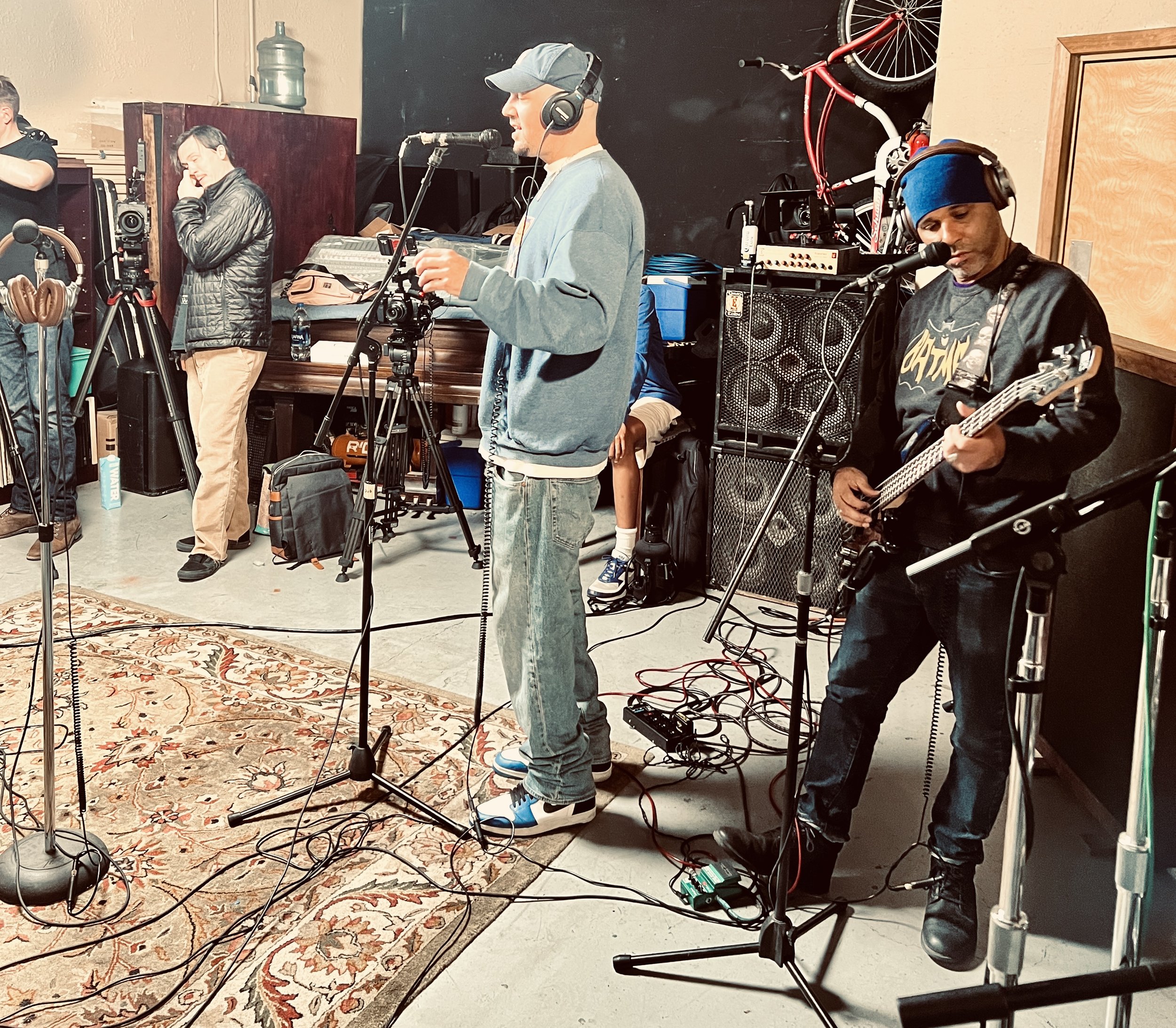
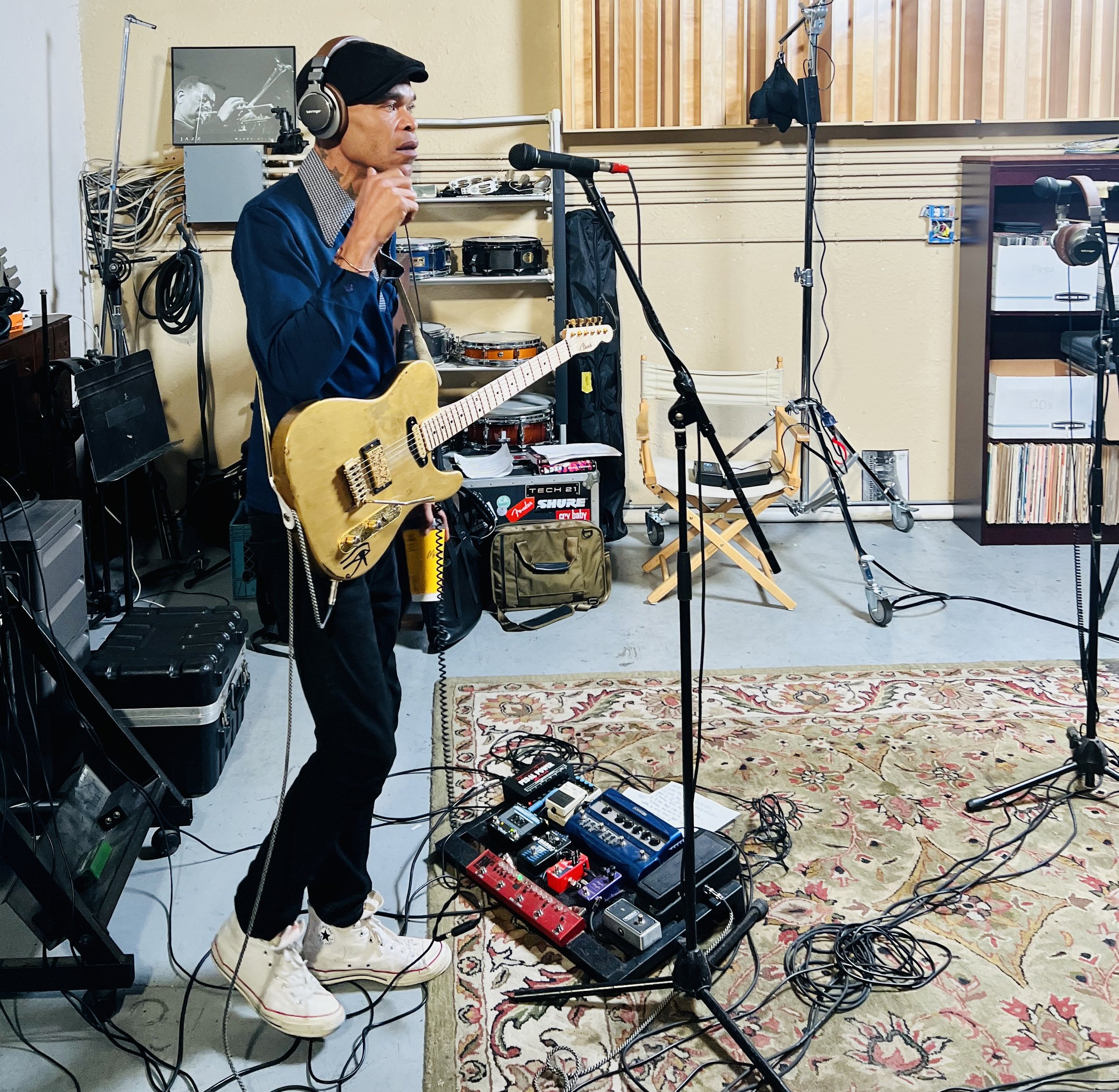

Musical Performances:
DUB ESQUIRE — vocals
MWNSTR — vocals
MEL YEL — vocals
KYLE “COYOTE” COLLINS — drums
JAY STONE — guitar, vocals
ACE ALAN — bass, vocals
Featuring:
“I Can Never Be” and “Funk Junkie” by the Funkanauts from the album Basic Instructions Before Leaving Earth
“Stay in Yo Lane” by Dub Esquire from the album the Return
“Go Wiggle” by Rickey Vincent from the album Phool 4 the Funk
an Issac Bradbury Production © 2022
More From Our Latest Guest
Phool 4 the Funk
Amazon / Apple Music / YouTube




